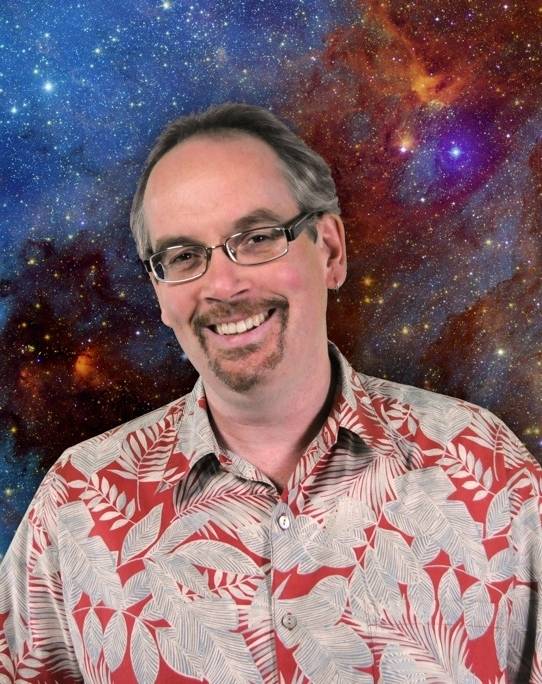The stalemate at Maunakea over the Thirty Meter Telescope is in its third month, with no end in sight. It is a difficult, divisive time for many in the community, and the pathway to resolve the current conflict in a way that is beneficial to all sides has been unclear. But we are encouraged by the steps that are being taken and the leaders who are emerging to find a way forward. More are needed, from every sector of the community in Hawaii, to bring people together in finding a solution.
Recently, University of Hawaii Board of Regents Chair Benjamin A. Kudo issued a call for peaceful resolution based on the elements of repentance, forgiveness, gratitude and love. We support this.
On the heels of this, Hawaii Island Mayor Harry Kim unveiled his “Way Forward” vision plan on what Maunakea could be and symbolize for Hawaii. It was after consultation with different facets of the community — including TMT and the local astronomy community — that he drew up his proposal to address wrongs of the past and to find a way to make things better.
While we acknowledge part of the ongoing debate has to do with TMT being built in Hawaii, Mayor Kim’s plan addresses a number of the larger issues beyond TMT for which Maunakea has become a flashpoint. These include native Hawaiian self- determination and the past management of Maunakea.
We call on leaders from across Hawaii to find a way to facilitate dialog about these issues and to find a way forward for all.
We commit to working toward Mayor Kim’s vision of Maunakea as a beacon of hope and discovery for the world, where culture and science co-exist in a respectful, caring way. We pledge to become a role model for sustainable astronomy on Maunakea founded on integrating culture, science, the environment and education.
When we first came to Hawaii 10-plus years ago, we were careful to ensure that everything about TMT was done with respect to the host culture. As part of the decade-long consultation process — which included meetings with the Kahu Ku Mauna Council, native Hawaiian cultural practitioners and other community members — we heard from local residents, Hawaiians and non-Hawaiians alike, on how we could contribute to Hawaii Island.
We patiently followed the process with a willing heart to create something that will be of great benefit not only to science, but also to Hawaii and specifically Hawaii Island.
While the telescope’s science and jobs were considered important and worthy, the community asked us to go beyond that and provide education and career opportunities for Hawaii Island keiki. This led to the creation of our “THINK” Fund, which is administered by the Hawaii Community Foundation and Pauahi Foundation. To date, TMT has contributed more than $5.5 million to the THINK Fund, which has provided more than 160 scholarships and benefited more than 20,000 students and 97 schools and nonprofit organizations through support of STEM education on Hawaii Island. And, the Akamai Workforce Initiative, of which TMT is a major funder, has placed more than 350 local college students in summer internships at observatories and other high-tech companies in Hawaii since 2003.
The goal of these programs is to groom local students, particularly those on Hawaii Island, for positions at TMT and other Hawaii observatories and high-tech companies. Even if these students choose not to go into astronomy, it will provide them other career opportunities in high-paying jobs in STEM fields.
The community also wanted us to be responsible stewards of the mountain. We redesigned the telescope to make sure we wouldn’t have a negative impact, environmentally or culturally. TMT will be located 600 feet below the summit on a site with no archaeological shrines or features, no endangered plants or insects, and no burials. TMT will not prevent traditional and customary Native Hawaiian practices. In fact, it will be accessible to everyone.
TMT is also the first telescope to pay substantial lease rent, ramping up to $1 million a year when operational. Eighty percent of the lease rent will go to the Office of Maunakea Management for stewardship of the mountain and 20% will go to the Office of Hawaiian Affairs.
We still believe Maunakea is the best place on Earth for TMT to study the universe. But while the possibilities of scientific discoveries and breakthroughs are endless, just as important is the fact that Hawaii could be the place where it all happens. This is with the next generation of local astronomers, engineers and scientists groomed here on Hawaii Island and statewide.
Ten-plus years ago we came to Hawaii with a vision to become a key contributor to Hawaii’s future through astronomy, scientific discovery, economic impact and education.
We still believe in that dream.
Dr. Gordon Squires is TMT vice president of external relations.




